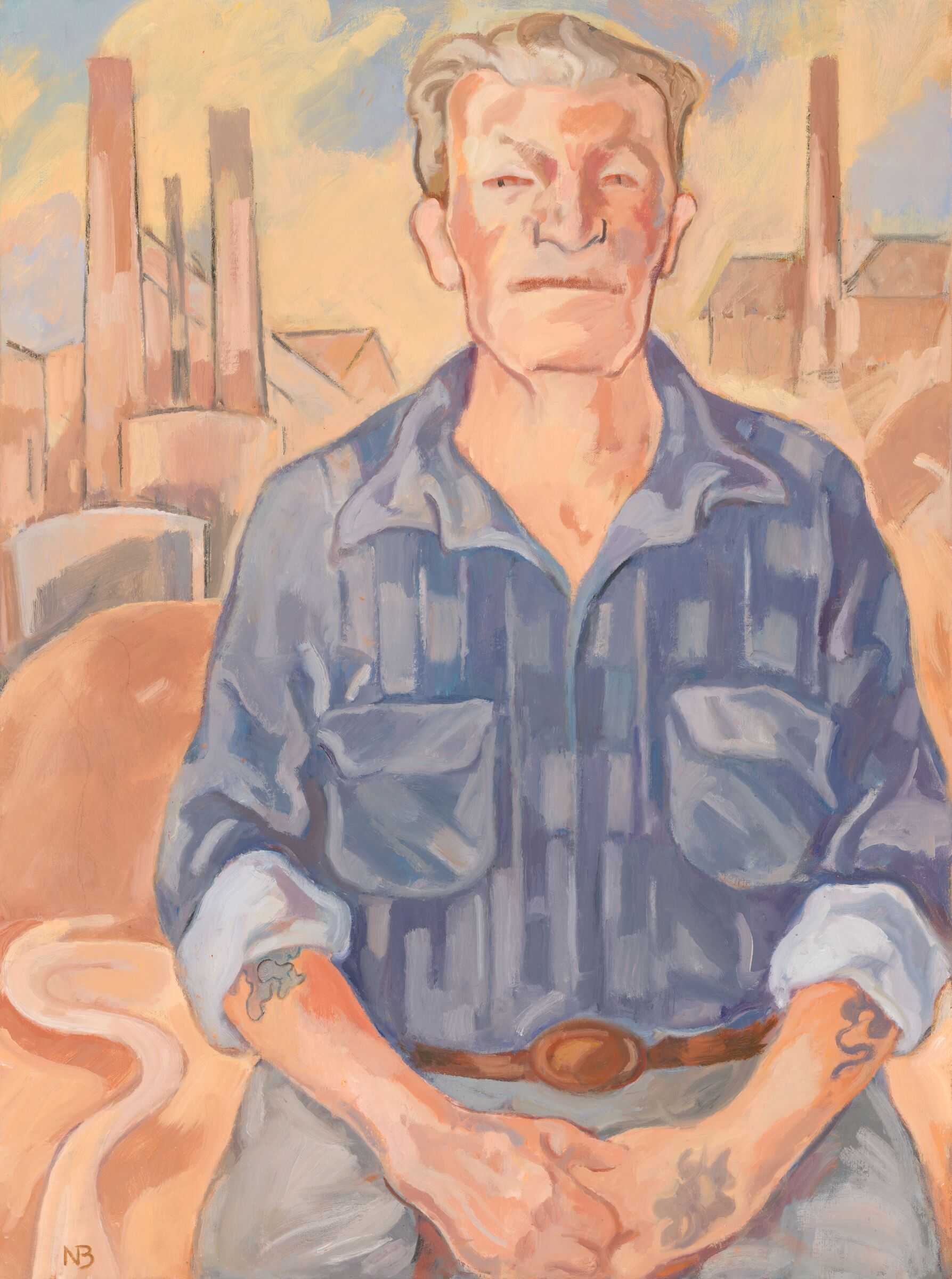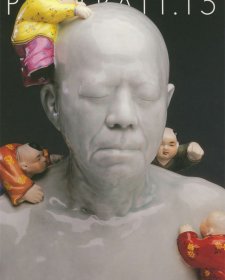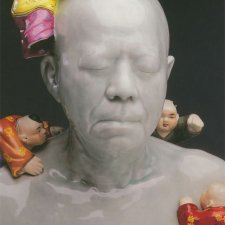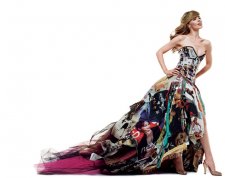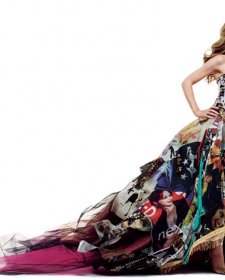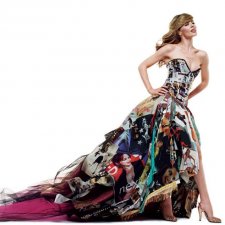Pat Mackie (b. 1914), union leader, led the Mount Isa strike of 1964/5 that polarised the town and almost bankrupted Mount Isa Mining. Mackie's life of activism began when as a young stowaway on a boat from New Zealand, he challenged the captain as to the lawfulness of his uncomfortable accommodation.
Holding a variety of blue collar jobs around the globe, he became a member of the Industrial Workers of the World, needling management on behalf of his fellow workers for decades and gaining experience of the potential of rank and file action through working with the United States Seafarers Unions. He began work at Mount Isa mines in late 1961, having operated his own lead mine hundreds of kilometers out of Mount Isa for eight years, and finished up working there as a timber contractor.
The great dispute of 1964/5, one of Australia's major rank and file uprisings, arose over the failure of management to provide showers for men coming off shift underground. It simmered for some months before government intervention was threatened; Mackie declared in January 1965 that if the Government went ahead, the miners and their wives would all go to gaol and there would not be enough cells to hold them. Queensland Premier Frank Nicklin described Mackie as a 'vicious gangster unfit to mingle with decent society' and the strike as part of 'communist strategy ... to retard and even prevent major developmental projects in this state'. At one stage of the dispute, when Justice Hanger refused to determine an application by Mackie for reinstatement, union members were enraged to learn that Mrs Hanger held 1235 Mt Isa shares. Questions were raised in parliament about Pat Mackie's birthplace; Mackie's father, a timber cutter, had been born in Australia but Pat was born in New Zealand, where he was working, and the Prime Minister's department is said to have met with ASIO operatives to determine whether he might be able to be deported on these grounds. Records in the National Archives indicate that the Federal government was willing to bend the country's immigration laws to strip Mackie of his citizenship, but after extensive investigation it was determined that this would not be legal.
Mackie described the outcome of the protracted strike as a 'triumph of the human spirit'. The complicated details of the dispute are described in a book he cowrote with Elizabeth Vassilief, Mount Isa: The Story of a Dispute (1989). Vassilief also edited Mackie's engrossing autobiography, Many Ships to Mount Isa (c. 2002).
Nancy Borlase AM (b.1914), painter and writer, decided at 16 that art was her calling. She moved to Christchurch in her native New Zealand and adopted the name Madame Rosa, reading tea leaves to help support herself, studying art and writing a book before moving to Sydney in the early 1930s. She continued her art studies at the East Sydney Technical College, and with Rah Fizelle and Grace Crowley. She was a member of the Contemporary Art Society from 1952 to 1970; in 1960 her first solo exhibition was held at Sydney's Macquarie Galleries. Between 1973 and 1981 she was art critic for the Bulletin and the Sydney Morning Herald. Her paintings can be found in major national and state galleries; she was awarded a Medal of the Order of Australia in 1987 for her contribution to Australian art, and has recently received an honorary doctorate from the University of Newcastle. Borlase won the Portia Geach Prize for portraiture in 2000 for her portrait The sisters, Marie and Vida Breckenridge.
As a militant unionist of the old school, Mackie is of considerable historical significance, and this new addition to the collection touches on an important and often unrecognized chapter in Australia's history. The National Portrait Gallery owns another work by Borlase, her portrait of lawyer, NSW Labor senator, judge and newspaper columnist, James McClelland; and a portrait of Borlase and her husband since 1941, union official Laurie Short AO OBE (b.1915), that won the Portia Geach Prize for artist Jenny Sages in 1992. Although Short and Mackie did not know each other when both were active unionists, Borlase's personal connections within the trade union movement afford a further dimension of interest to her portrait of Mackie, painted from vigorous life in 2004.
